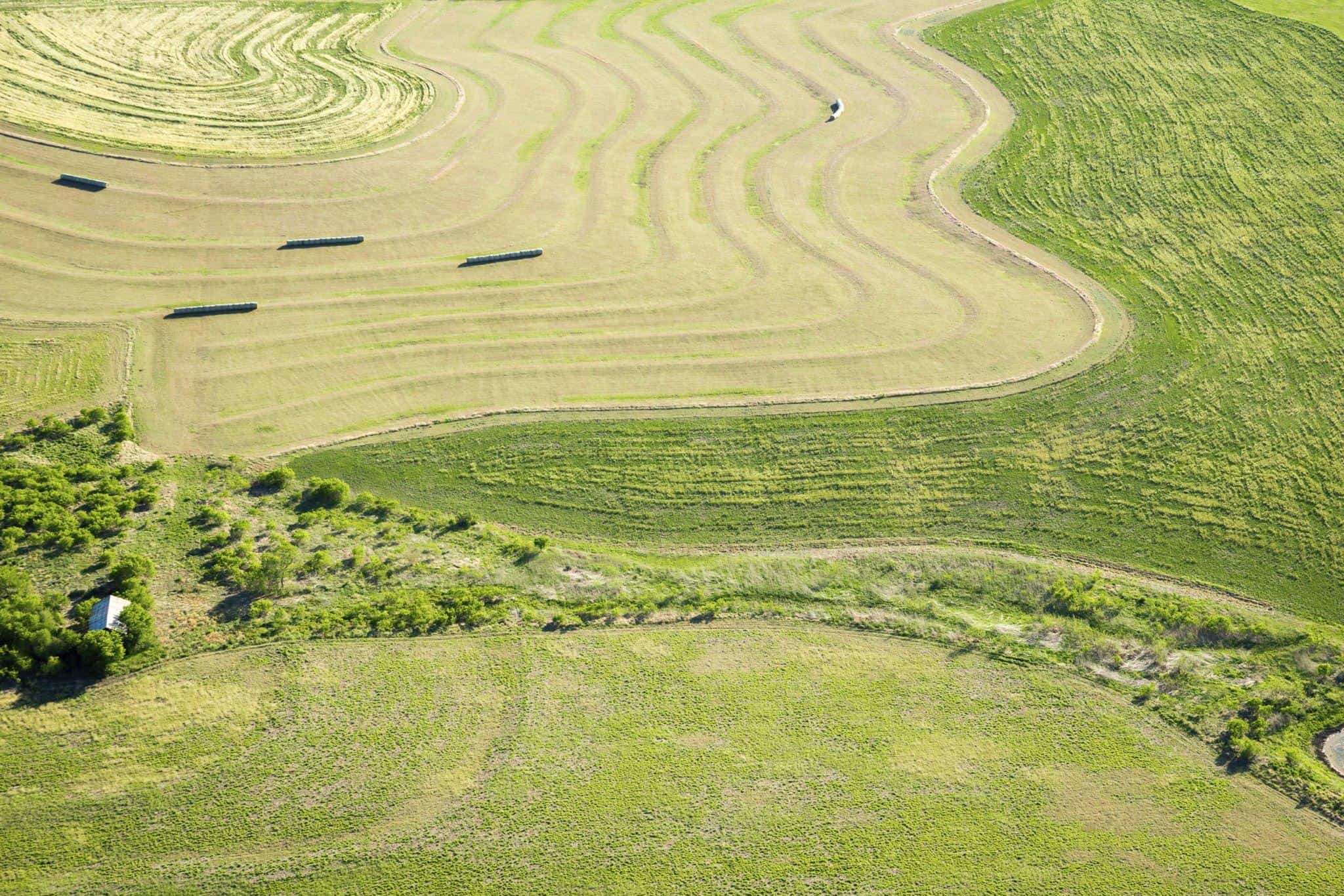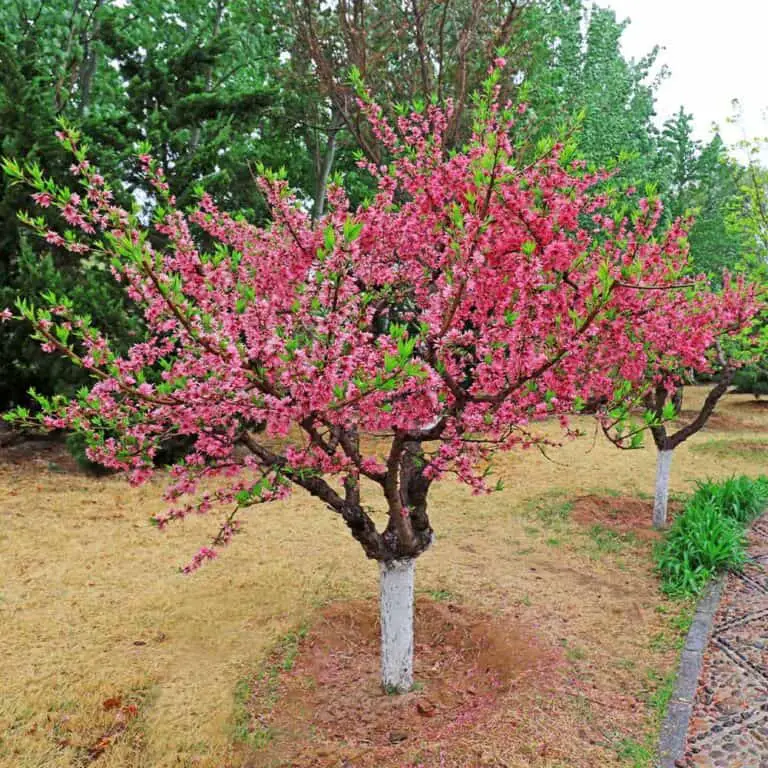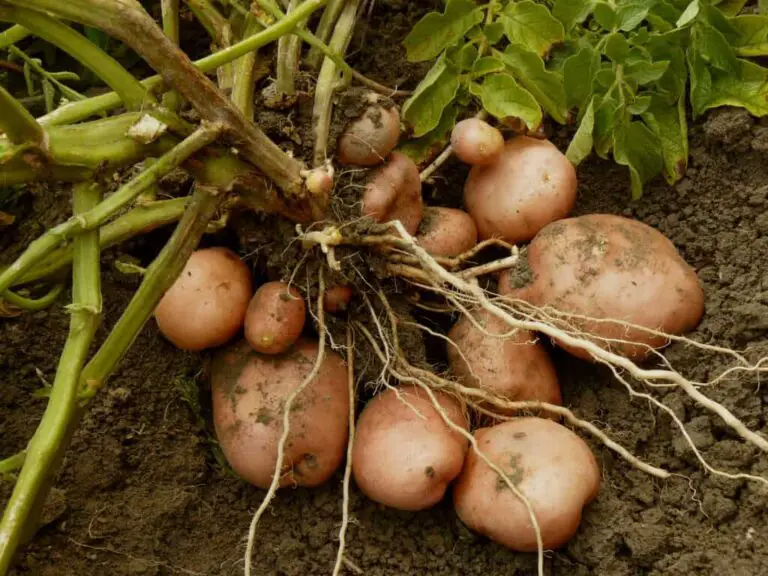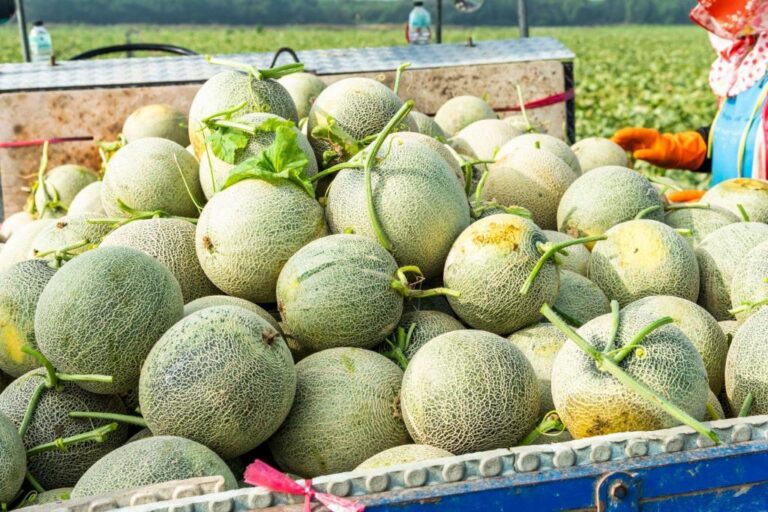How Contour Farming Reduces Soil from Erosion (Contours of Sustainability)

Have you ever wondered how farmers tame the unruly forces of nature to protect their precious farmlands from the relentless grip of erosion? Enter contour farming, a brilliant technique that works in harmony with the land, like a carefully choreographed dance between agriculture and nature.
Beyond the breathtaking beauty of lush terraced fields, contour farming is a powerful ally in the battle against soil erosion and holds the key to sustainable farming and a greener future.
In this article, we will embark on a journey through the contours of this ancient agricultural marvel, uncovering the secrets of how it reduces soil erosion. From the wisdom of the past to the practical steps of implementation, we’ll delve into the science, benefits, and real-life success stories of contour farming.
So, fasten your seatbelts as we explore the wonders of this eco-friendly farming practice that nurtures the earth while yielding abundant harvests.
Understanding Soil Erosion
Soil erosion, a complex phenomenon driven by the forces of nature and human actions, shapes landscapes over time. It’s a flow of soil particles, guided by the rhythm of wind, water, and the footprints of human activity. While natural erosion is a vital component of the Earth’s geological processes, human practices have amplified its impact, leading to concerning repercussions.
Soil erosion’s triggers are diverse, ranging from the gentle caress of a breeze to the relentless power of a rainstorm. These forces, when combined with factors like improper land management and deforestation, can accelerate the erosion process. The consequences ripple through ecosystems.
The loss of fertile topsoil, essential for agricultural productivity, poses a direct threat to food security. Additionally, as eroded soil particles find their way into water bodies, sedimentation occurs, impairing water quality and disrupting aquatic habitats.
Understanding soil erosion is crucial for implementing effective mitigation strategies. Conservation practices, such as terracing, contour plowing, and cover cropping, act as shields against erosion’s impacts. By preserving the integrity of the soil’s top layer, these techniques safeguard valuable nutrients and prevent sediment runoff.
Simultaneously, reforestation efforts play a pivotal role in stabilizing landscapes, reducing erosion risks, and fostering habitat restoration.
The Basics of Contour Farming

The foundation of contour farming lies in its principles, which are designed to work harmoniously with the land’s topography. By understanding and adhering to these principles, farmers can significantly minimize soil erosion.
Contour farming hinges on the notion of contour lines, imaginary lines that connect points of equal elevation on the land. By respecting these lines, farmers prevent water from gaining excessive momentum, reducing its erosive power.
Embracing the natural lay of the land is paramount. Following its contours disrupts the flow of water, creating a series of minor ridges and depressions that act as obstacles to erosion.
Through the creation of contour strips and ridges, water is directed along paths that minimize its potential to erode the soil. These strips essentially act as speed bumps for water runoff.
Advantages of Contour Farming
Contour farming offers numerous advantages, making it an attractive option for sustainable agriculture:
- Erosion Control: As the name suggests, the primary benefit of contour farming is its ability to control soil erosion. By following the natural contour lines, it reduces the force of water runoff, minimizing soil loss.
- Water Conservation: Contour farming helps conserve water by allowing it to infiltrate the soil slowly. This aids in groundwater recharge and reduces the likelihood of flooding downstream.
- Improved Soil Health: With less erosion, valuable topsoil is preserved, providing a fertile ground for plants to thrive. It also prevents the accumulation of sediments, which may otherwise carry harmful pollutants.
- Increased Crop Yields: Healthy soil directly translates to better crop yields. As contour farming maintains soil fertility, farmers can expect improved productivity in the long run.
- Cost-Effectiveness: Once established, contour farming requires minimal maintenance. The long-term benefits outweigh the initial effort and expenses involved in setting up the terraces.
Benefits of Slower Water Flow in Contour Farming
When water takes its time, the impact is profound. Let’s dive into the advantages of this unhurried journey:
- Minimized Soil Displacement: Slower water flow is like a gentle touch on the land. With reduced velocity, the force that could otherwise sweep away precious topsoil is mitigated. Soil particles stay put, finding stability even in the face of rain’s embrace. This means the fertile foundation of our fields remains intact, ready to nourish the growth that depends upon it.
- Preventing Gully Formation and Rill Erosion: As water takes its leisurely path, the formation of gullies and rill— those unsightly scars etched by rushing water – becomes a rarity. The slower pace allows the earth to absorb the water more effectively, curbing its erosive power. The land retains its contours, undisturbed by the force that once carved scars into its very fabric.
- Maintaining Soil Structure and Nutrient Content: The unhurried flow of water aids in maintaining soil structure. It avoids the disruption that rapid flow can bring, preserving the intricate balance of particles that support plant growth. With the soil structure intact, the nutrients within remain embedded, ready to sustain the life that calls upon them. This harmony between water and soil nurtures not only the land but also the bounty it yields.
In the grand choreography of nature, the choice of pace matters. When water slows down, its impact transforms – from a force of erosion to a gentle nurturer. The benefits ripple through the landscape, enriching the soil, safeguarding its structure, and securing the future of agriculture.
Learn: How Does Organic Farming Enhance the Quality of the Soil and Water?
How Contour Farming Reduces Soil from Erosion (Techniques to Implement)
Implementing contour farming involves careful planning and execution. Here are the steps to get started:
1. Assessing the Landscape
Begin by analyzing the topography of your farmland. Identify the slopes and contours of the land using topographic maps or seeking assistance from agricultural experts.
2. Planning the Terraces
Once you have a clear understanding of the landscape, plan the layout of the terraces. The key is to keep the terraces at a constant elevation along the slope to ensure the uniform distribution of water. Proper terrace planning reduces soil erosion.
3. Constructing Contour Bunds
Contour bunds, also known as berms, are small ridges constructed across the slope to prevent water runoff. Build these bunds perpendicular to the slope, following the contour lines.
4. Selecting Suitable Crops
Choose crops that are well-suited for contour farming. Plants with extensive root systems help anchor the soil, reducing erosion further.
5. Proper Irrigation
Efficient irrigation is vital for contour farming. Drip irrigation or sprinkler systems are ideal as they minimize water waste.
6. Maintenance
Regular maintenance is essential to ensure the terraces remain intact. Periodically check for erosion and repair any damages promptly.
Environmental Benefits of Contour Farming
Contour farming extends its positive impact beyond individual fields; it contributes to broader environmental well-being.
- Soil Erosion Reduction: By effectively slowing down water runoff, contour farming significantly curtails soil erosion, preventing sedimentation in rivers, lakes, and reservoirs.
- Soil Health Preservation: The practice maintains soil fertility and structure, ensuring that valuable nutrients are retained for optimal plant growth.
- Biodiversity Promotion: As soil erosion is contained, habitats remain intact, encouraging diverse flora and fauna to thrive.
Agricultural Productivity and Contour Farming
Contour farming is not just about protecting the land; it also enhances agricultural productivity in numerous ways.
- Water Management: The technique aids in water retention, making moisture more consistently available to crops even during dry spells.
- Nutrient Retention: Contour farming prevents nutrient runoff, preserving valuable elements necessary for plant nutrition.
- Yield Enhancement: With reduced erosion, crops are better anchored in the soil, leading to improved yields and higher crop quality.
In conclusion, contour farming’s ability to combat soil erosion offers a holistic approach to sustainable agriculture. By aligning with nature’s contours and applying innovative techniques, farmers can ensure both their fields and the environment flourish. This practice exemplifies the potential of harmonizing human activities with the land’s inherent design, resulting in a fruitful coexistence between agriculture and nature.
Learn: How Dry Farming Keep Moisture in the Soil?
Conclusion
Contour farming is a powerful strategy that harmonizes with the natural contours of the land, serving as a beacon of hope against the challenges of soil erosion. This age-old practice has evolved into a sustainable agriculture marvel, nurturing the soil while ensuring a bountiful harvest. It’s a dance of collaboration between humans and the environment, where the landscape’s curves are transformed into resilient ridges that intercept the erosive power of water.
The impact of contour farming on water runoff is transformative. By strategically orienting crops and furrows along the land’s contours, the flow of water is tamed. Rainwater, once a potential agent of destruction, becomes a life-affirming force. This shift in water dynamics results in reduced surface runoff, which, in turn, minimizes soil erosion. Contour farming emerges as a shield against the harmful effects of unchecked water movement, preserving precious soil and securing agricultural sustainability.
The advantages of implementing contour farming practices extend beyond erosion control. This technique acts as a guardian, curbing the degradation of farmlands while promoting the growth of healthy crops. By plowing along the contour lines, the risk of soil loss due to slope-induced erosion is mitigated. The result is not only retained topsoil but also enhanced nutrient content and increased water retention. In essence, contour plowing becomes a sustainable strategy for nurturing fertile ground and cultivating a prosperous agricultural future.
As we delve into the effects of slope on soil erosion and recognize the need for contour farming, we uncover a pivotal truth: working against the forces of nature often leads to degradation, while working in harmony yields conservation. Traditional agriculture’s struggle against slope-induced erosion is evident, but contour farming emerges as a beacon of hope. With careful planning and implementation, contour farming transforms slopes from foes to allies, curbing erosion while nurturing healthy soil for generations to come.
FAQs on Contour Farming Effects in Preventing Soil Erosion
What are the advantages of contour farming?
Contour farming offers erosion control, water conservation, improved soil health, increased crop yields, and long-term cost-effectiveness. By following natural contours, it minimizes soil loss and creates a sustainable farming environment.
How does contour farming prevent soil erosion?
Contour farming slows water flow across slopes, reducing erosion. In order for the soil to absorb water, plowing and planting perpendicular to the slope create terraced effects.
Are there any disadvantages or limitations to contour farming?
Contour farming requires careful planning, and some terrain may not be suitable for implementation due to extreme slopes or inadequate resources.
Can contour farming be implemented on hilly terrain?
Yes, contour farming is ideal for hilly terrain. Its terracing technique adapts to slopes, mitigating erosion.
What is the difference between contour farming and terracing?
Contour farming follows the natural contours of the land to slow water flow, while terracing involves building leveled platforms on hillsides.
Is contour farming suitable for all types of crops?
Yes, contour farming is suitable for various crops. It preserves soil fertility, benefiting plant growth.
Does contour farming require specialized equipment?
Basic farming tools are sufficient for contour farming; no specialized equipment is necessary.
What role does vegetation play in contour farming’s effectiveness?
Vegetation, such as cover crops and native grasses, enhances contour farming effectiveness by stabilizing soil, reducing runoff, and preventing erosion.






